
Royal Enfield Bear 650 First Ride Review: Offroad Machine or Overdressed Interceptor?
Introducing a new dual-sport option to the 650 lineup, Royal Enfield has launched the new Bear 650 at a starting price of Rs 3.39 lakh (ex-showroom). We're in California to give this scrambler a proper test of mettle.
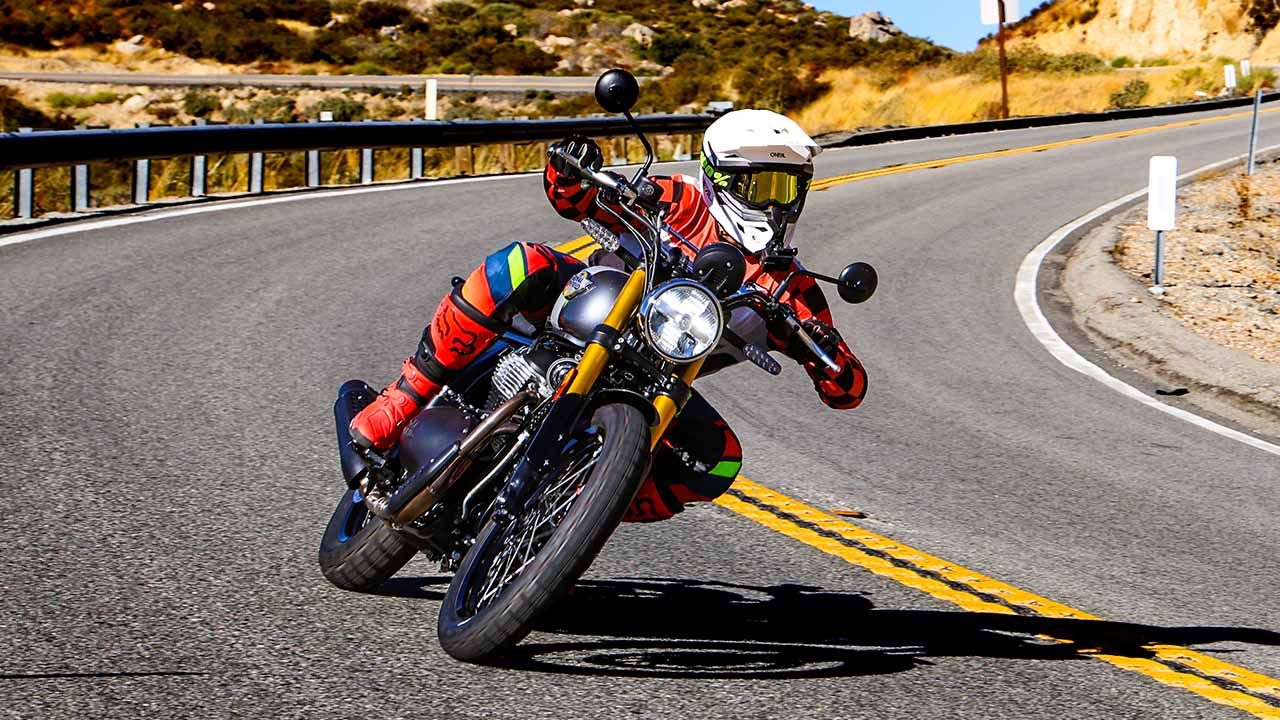
With offroad-biased motorcycles getting popular day-by-day, manufacturers are ‘scrambling’ to introduce their own contenders to the mix. However, you may ask, “what is a scrambler, anyway?” Well, before dirtbikes, ADVs and dual-sport motorcycles, enthusiasts had been converting their road-biased machines with minimal bodywork, knobby tyres, raised suspension and jacked-up fenders to suit offroad racing. The segment gained momentum in the 1950s and 1960s, with brands like Triumph and Royal Enfield taking multiple victories in competitive racing.
With that, let me introduce you to Eddie Mulder and the Big Bear Run. In 1960, a 16-year old kid from Lancaster, California lined up at the start of one of the most grueling events of its time with 750 other riders vying for top honours. Overcoming initial setbacks, which included missing footpegs, ‘fast Eddie’ crossed the finish line first on his 500cc, single-cylinder Royal Enfield. Paying homage to the man and his machine, the company has introduced an offroad biased iteration of its 650cc platform, called the Bear 650. However, while it looks and feels like a scrambler, it is completely different from what I expected. Let me explain.
Royal Enfield Bear 650 First Ride Review: Design and Dimensions
Before I start telling you about what is different about the Bear 650 over Interceptor, let me touch upon the similarities. As claimed by Royal Enfield, the Bear 650 only shares the engine, main frame, fuel tank and parts of its braking system with the motorcycle it is based on. In terms of its design, Royal Enfield has done a good job of giving the bike a new identity. One thing which all journalists at the first ride event unanimously agreed upon was that it looked fantastic!
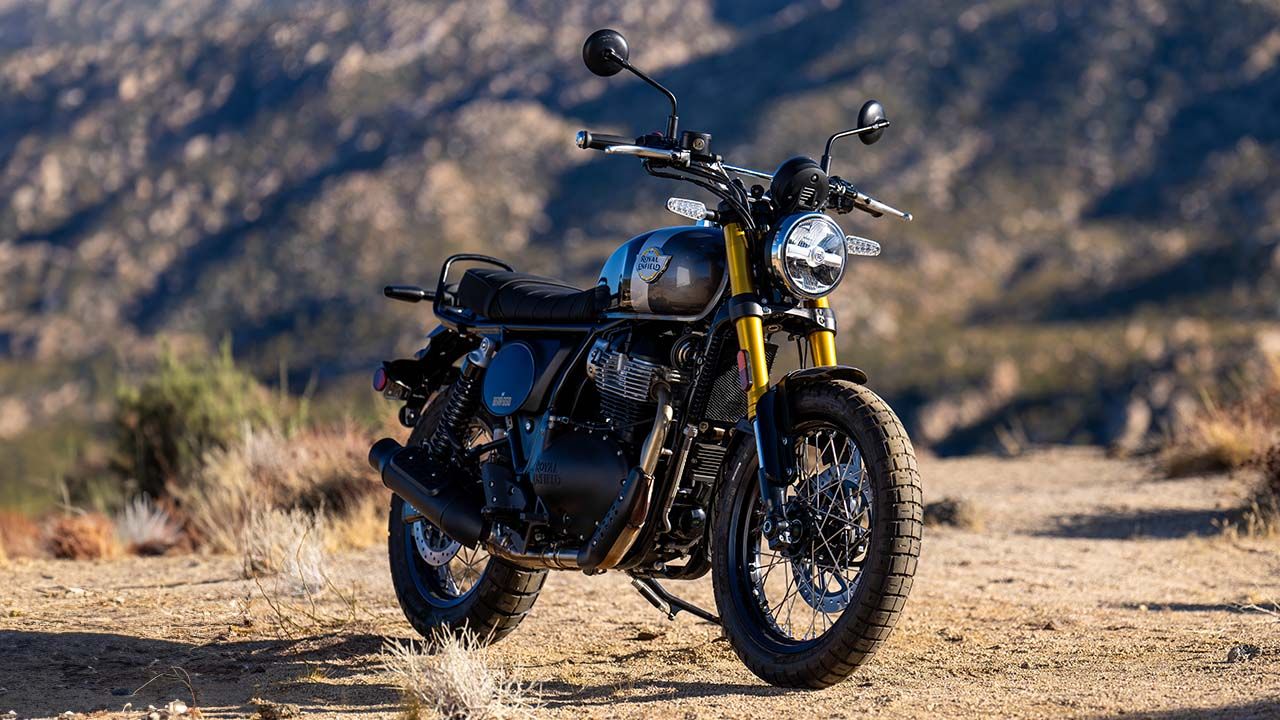
In total, there are five vivid colour options that you can choose from - Boardwalk White, Golden Shadow, Wild Honey, Petrol Green and Two Four Nine. The last variation offers a white and teal green colour pallette with Eddie Mulder’s 249 race-winning number emblazoned on the side fairing. We had the Golden Shadow edition to ride during the event and not only was it a crowd favourite, but it is the only option to feature gold USD forks up front. I wish this was the case with the other variations as well. However, despite this one drawback, the rest of the colour options look equally funky and retro.
Also Read: Triumph Speed T4 Review: Better Deal Than Speed 400?
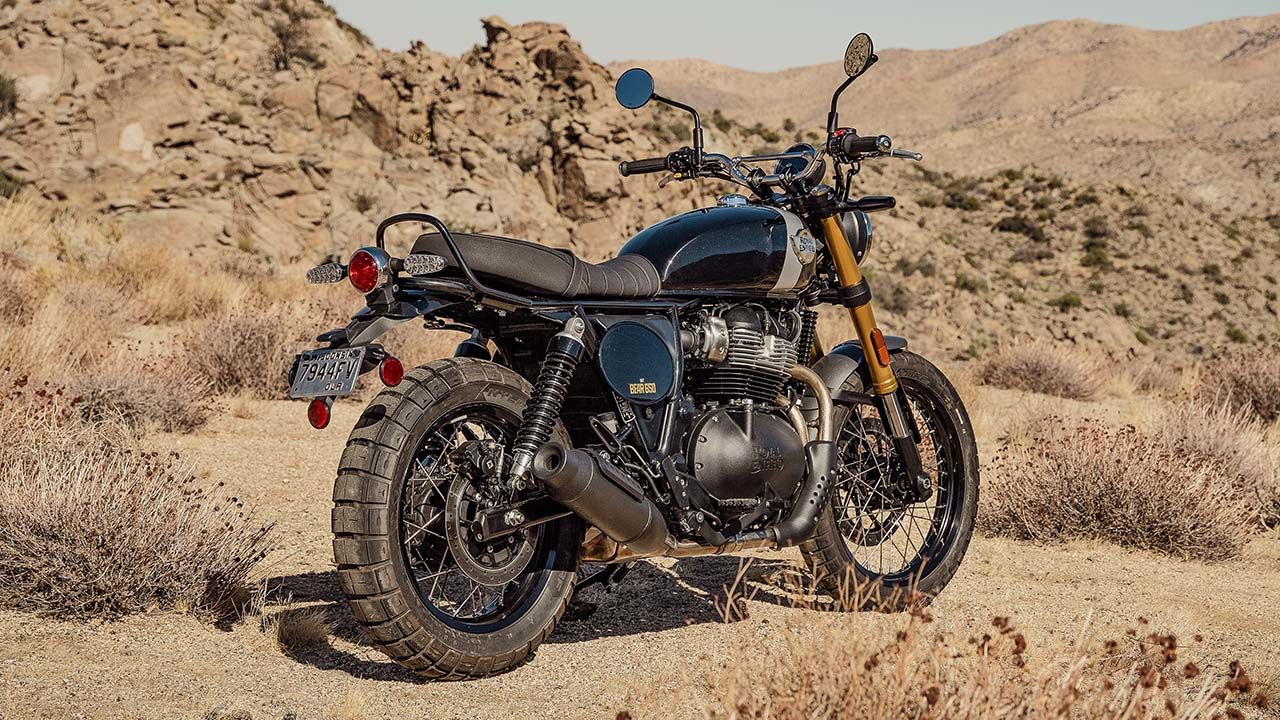
In terms of dimensions, the Bear 650 is larger than the Interceptor in every aspect. It is 20mm wider, 93mm taller and 61mm longer. And thanks to an increased rake angle 26.1 degrees, the wheelbase has increased by a total of 62mm. So, whilst the Bear 650 might not look that big compared to the Interceptor, it does get the necessary changes for the purpose it is built for. Speaking of purpose, the ground clearance has gone up by 10mm and with that, the seat height is also taller by 25mm. One thing I did expect more of was weight savings. The Bear 650 has lost just 2kg over the Interceptor, while the new exhaust is 7kg lighter. With the gains from added components and reinforced chassis, it is practically on par with the machine it is based on.
Royal Enfield Bear 650 First Ride Review: Ergonomics and Features
As I mentioned previously, the Bear 650 is not only taller than the Interceptor but it also gets a taller seat height. Along with that, Royal Enfield has also fitted the new scrambler with a taller handlebar. As a result, what you end up getting is a more upright sitting-down riding position and also a pretty decent standing-up position for your offroad excursions. My height stands at 5’6 feet and despite not being able to flat-foot both legs, the Bear 650 had the right body positioning for better control while riding.
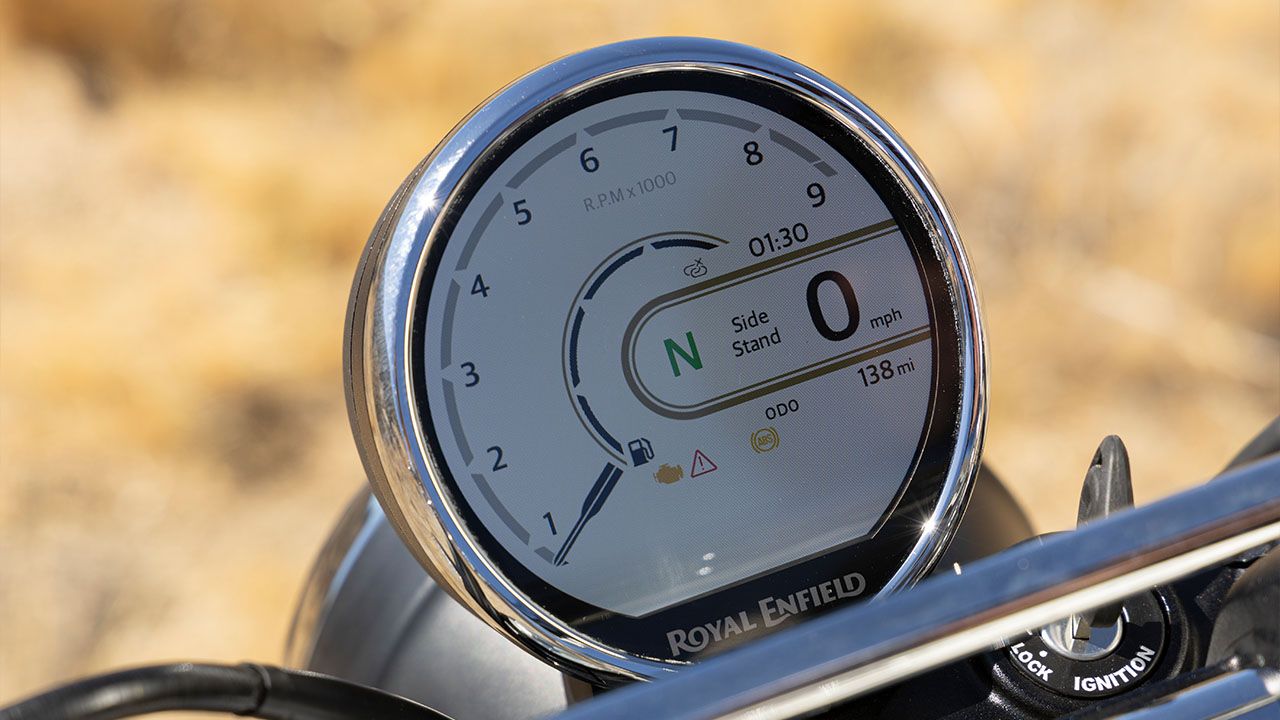
When it comes to features, the Bear 650 is the among the most loaded motorcycles within the company’s entire lineup. The stand outs have to be all-LED lighting, 4-inch TFT Tripper Dash with phone connectivity and Google Maps navigation, USB 2.0 charging port and switchable dual-channel ABS. However, one change I would have liked for Royal Enfield to make was the joystick which controls the layout and functionality of the Tripper Dash. Like the Himalayan, it worked well enough but it does feel a tad fiddly when you wish to control it on the move.
Also Read: Royal Enfield Guerrilla 450 Review: Himalayan for the Streets
Royal Enfield Bear 650 First Ride Review: Ride and Handling
Now we get to the part which you all might have been waiting for eagerly. Let’s see what all the differences and upgraded components have to offer in terms of functionality. To start with, let me get specifications out of the way before I talk about performance. The Bear 650 features the same 648cc, parallel-twin motor but, with a higher state of tune. You see, Royal Enfield has decided to ditch the twin exhaust-outlet setup and chose to go with a new 2-into-1 configuration instead. This, along with a new tune has brought the total output for the Bear 650 up to 47bhp and 56.5Nm of torque. The main changes here over the Interceptor 650 is the fact that peak power output comes in slightly earlier, along with an increase of 4.2Nm of torque. Over that, the revised tuning ensures that the increased torque output is spread across evenly throughout the rev range, in order to ensure a more tractable riding experience. Moving along, Royal Enfield has also revised the final drive ratio, in order to compensate for the larger alloy wheels and tyre combination.
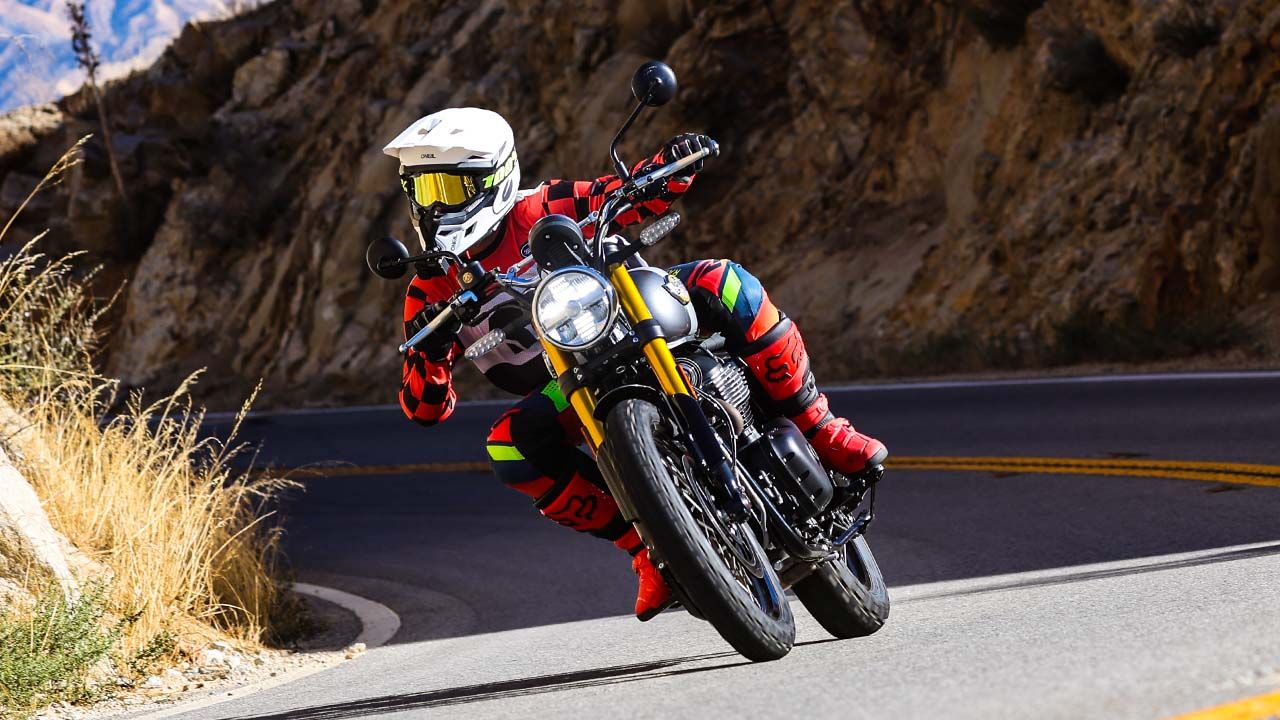
As soon as we started riding the motorcycle, what was immediately apparent was that Royal Enfield has not messed with the unit’s grunty character. In fact, the Bear 650 felt a tad more lively and snappier than its siblings. But, not overtly so. Unless you ride the Interceptor and Bear 650 back-to-back, it is hard to tell them apart until you really start pushing them. And pushing it we did once we got to the Californian canyons. There, the performance from the Bear 650 really seemed to come into its own. You have a lovely spread of performance in the low- and mid-range rpms, with the engine only starting to give up steam past the 6,000rpm mark. However, by that time, you definitely will be pushing past the speed or your riding limits. The engine was so tractable that 4th gear pulls from as low as 20km/h, all the way up to 120km/h were an absolute breeze and riding the Bear (I love saying that) in this manner became second nature. One clear difference over the Interceptor was that the Bear was a tad more eager to keep going at higher rpms. However, the one downside of all this added performance was erratic fueling at the mid-rpms which made throttle transitions rather jerky. This was fine when wanting to whack open the throttle out of a corner on the road but quite sketchy when we got the loose gravel and sandy sections of our test route.
Also Read: 2024 Husqvarna Svartpilen 401 Review: KTM 390 Duke in Swede's Clothing?
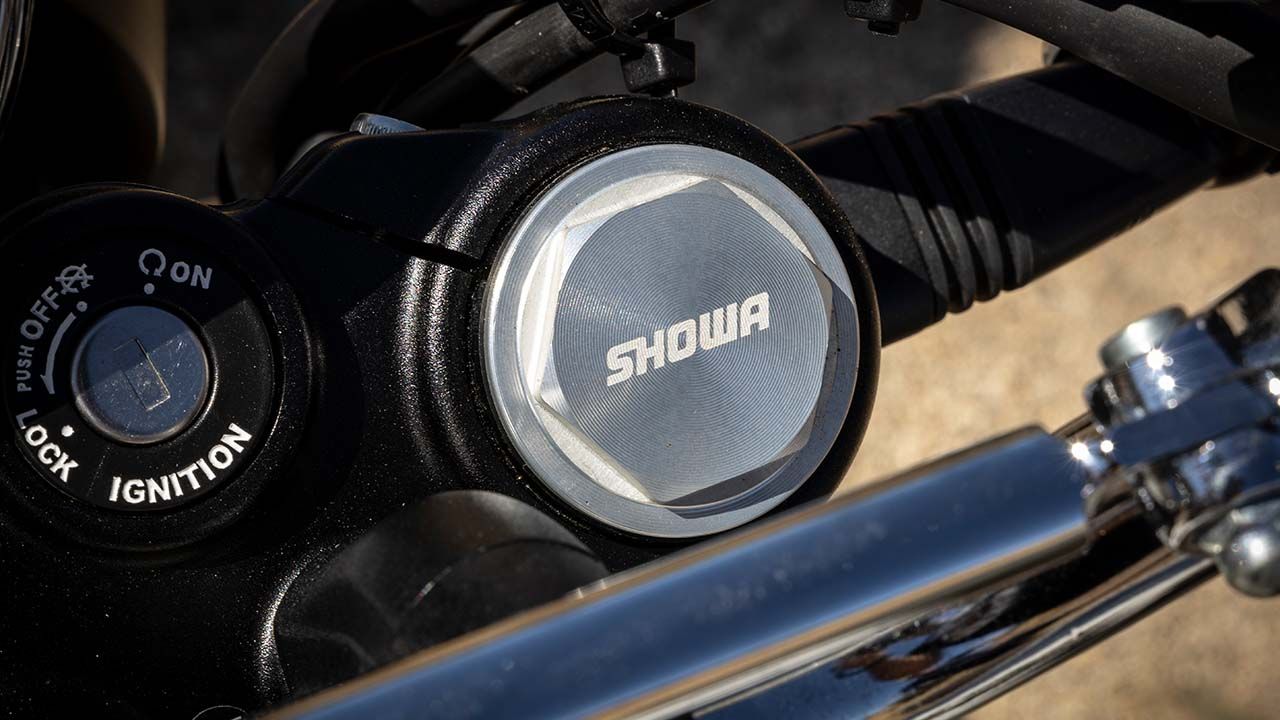
While performance from the engine was fun and tractable, the handling of the Bear 650 feels like a mixed bag. In order to compensate for the purpose and abuse that this motorcycle might be put through, Royal Enfield hasn’t just given us USD forks and called it a day. Instead, what you also get is a reinforced main and sub frame, along with stiffened, long-travel rear twin shock absorbers. In my opinion, with the changes made to the motorcycle, the Bear 650 is undoubtedly the best handling road bike that RE has ever made. My only gripe being that it might have become a little overly stiff for everyday road usage. Our tests were mostly concentrated on onroad routes and similar to the powertrain, it really came alive in the canyons. We had police-assisted, closed-off road sections for shoot purposes and throwing the Bear into a corner at triple-digit speeds never bothered it one bit. In fact, slower riders in the group easily managed to keep pace and that was also quite a testament. However, as good as it was to ride on smooth roads, it came to bite back when the going got rough. The front-end always felt nervous through the rutted section and what didn’t help was the fact there was no optimum amount of give in the suspension to build confidence when you started pushing the motorcycle. The front suspension travel of 130mm travel and 115mm at the rear worked well over rough terrains at slower speeds but it was easy to find its limits just when things started to get fun.
Royal Enfield Bear 650 First Ride Review: Verdict
So, how do we sum up the Bear 650 whilst figuring out its hierarchy within the 650 lineup? To start with design, it is definitely the best looking 650cc from RE till date, in my opinion. The designers have done a fantastic job of taking the best bits from its sibling but doing more than enough for onlookers to tell them apart. It even has the coolest colour options within the range. Then we get to the performance and handling. As I mentioned previously, it is the best road bike with an RE badge to date but does end up making compromises in the form of comfort and compliance. Over that, the main purpose of a Scrambler is to be equally comfortable offroad but just doesn’t quite cut it in its stock form. However, the good thing is that it is easier and cheaper to dial back on stiffness post-purchase rather than investing more into a softer setup to handle as well as this bike does. With a starting price of Rs 3.39 lakh (ex-showroom), the Bear does justify the Rs 30k hike over the Interceptor but, for those who want a better on-road handling motorcycle compared to anything else in the 650 range.
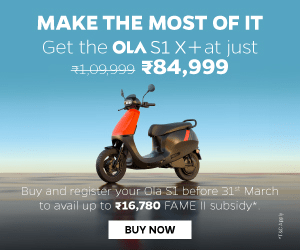

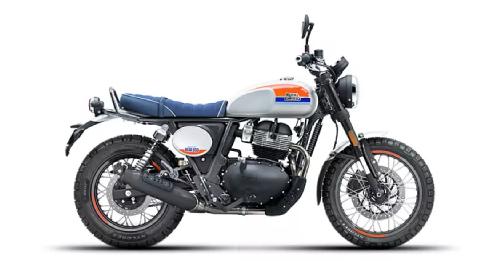

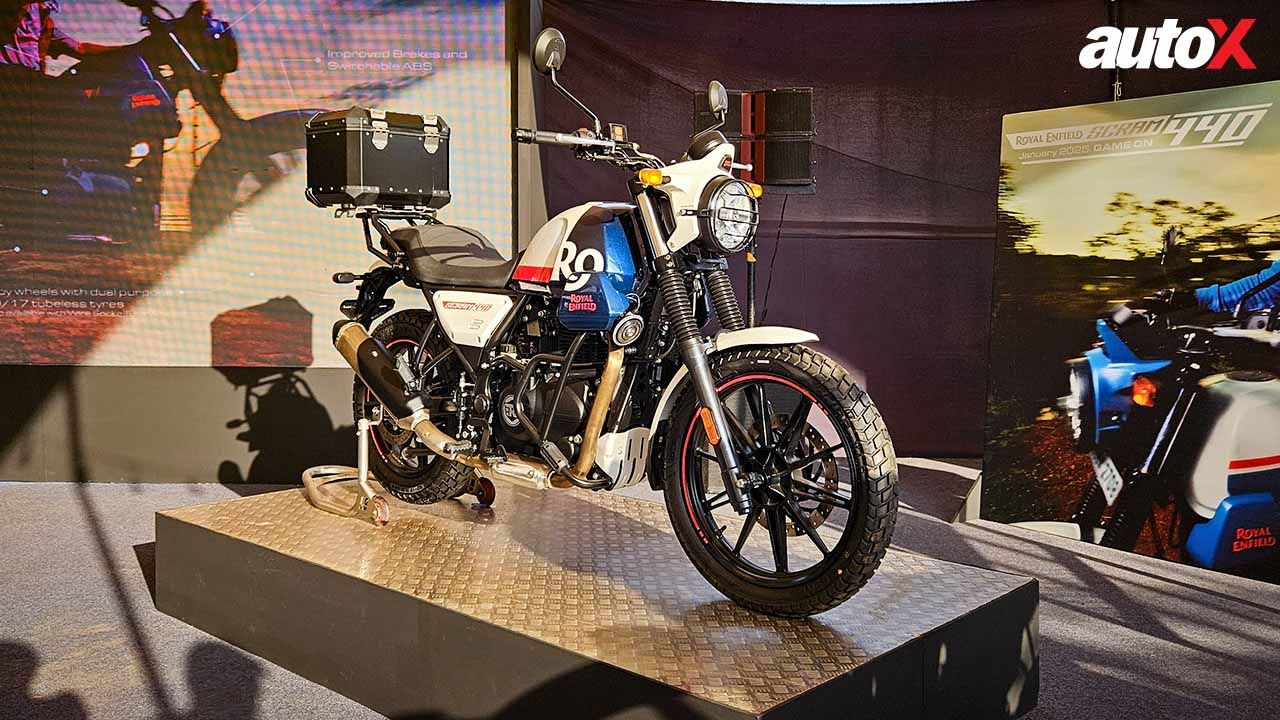
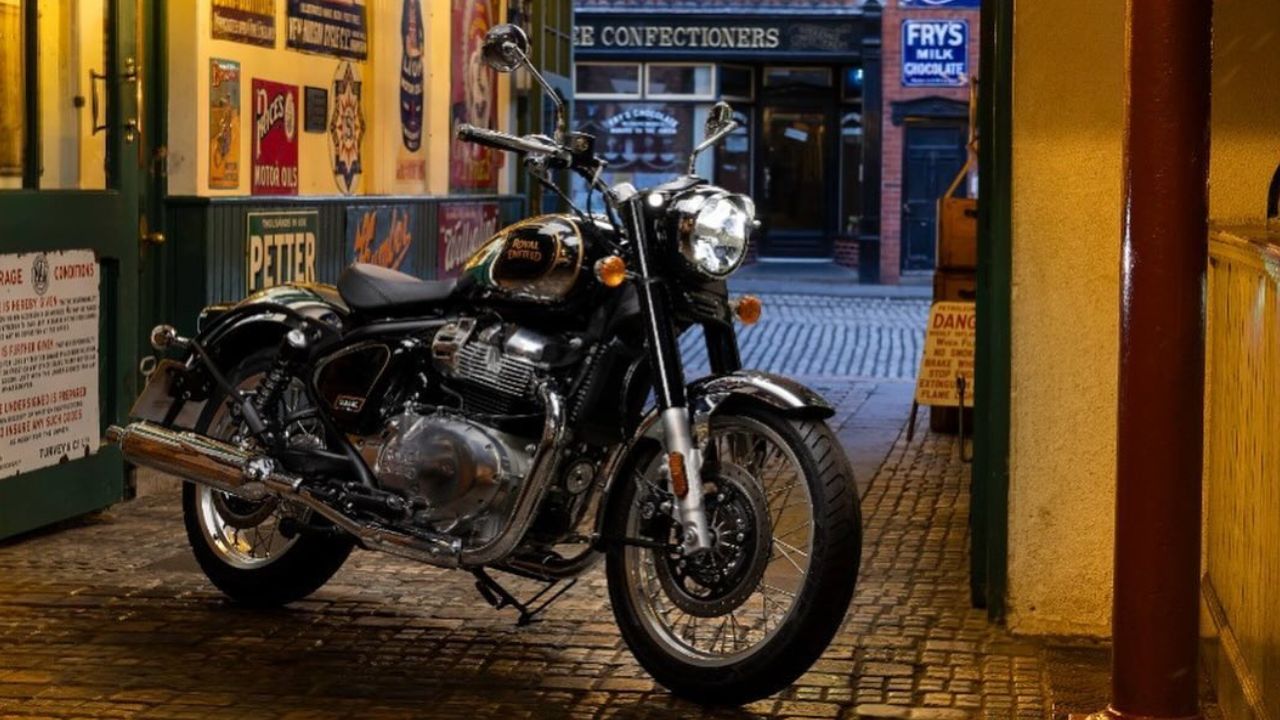
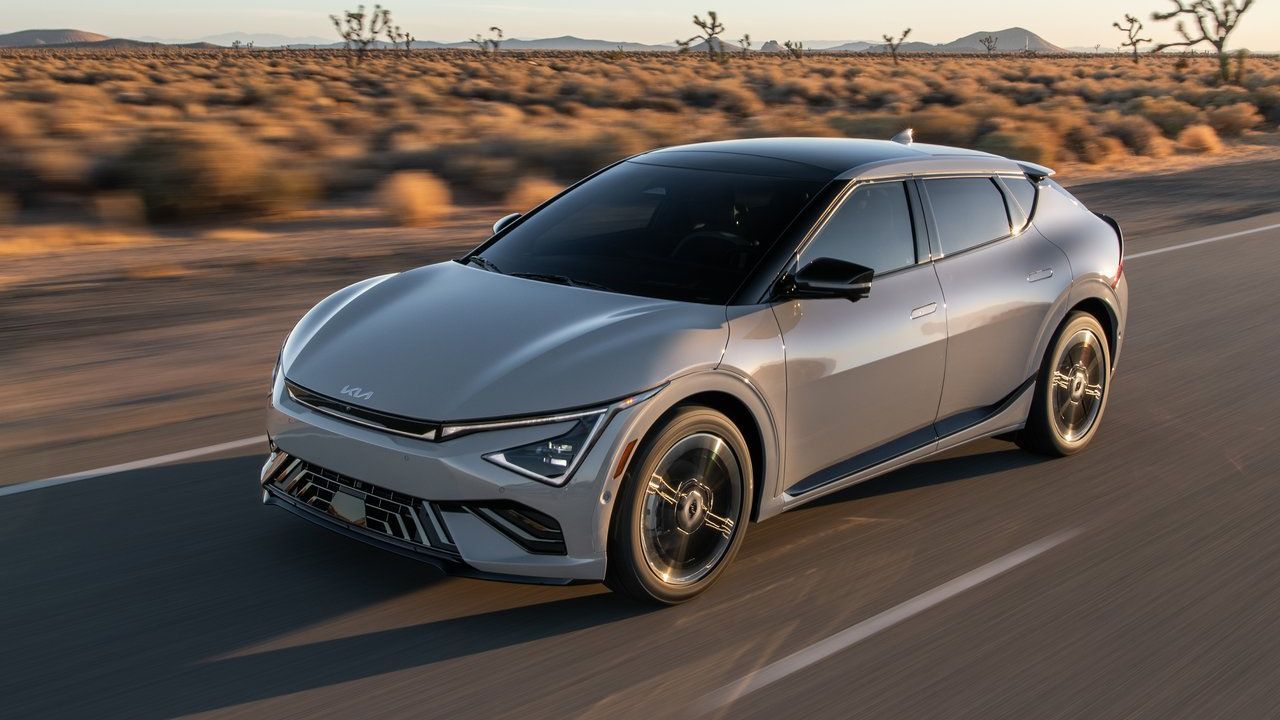
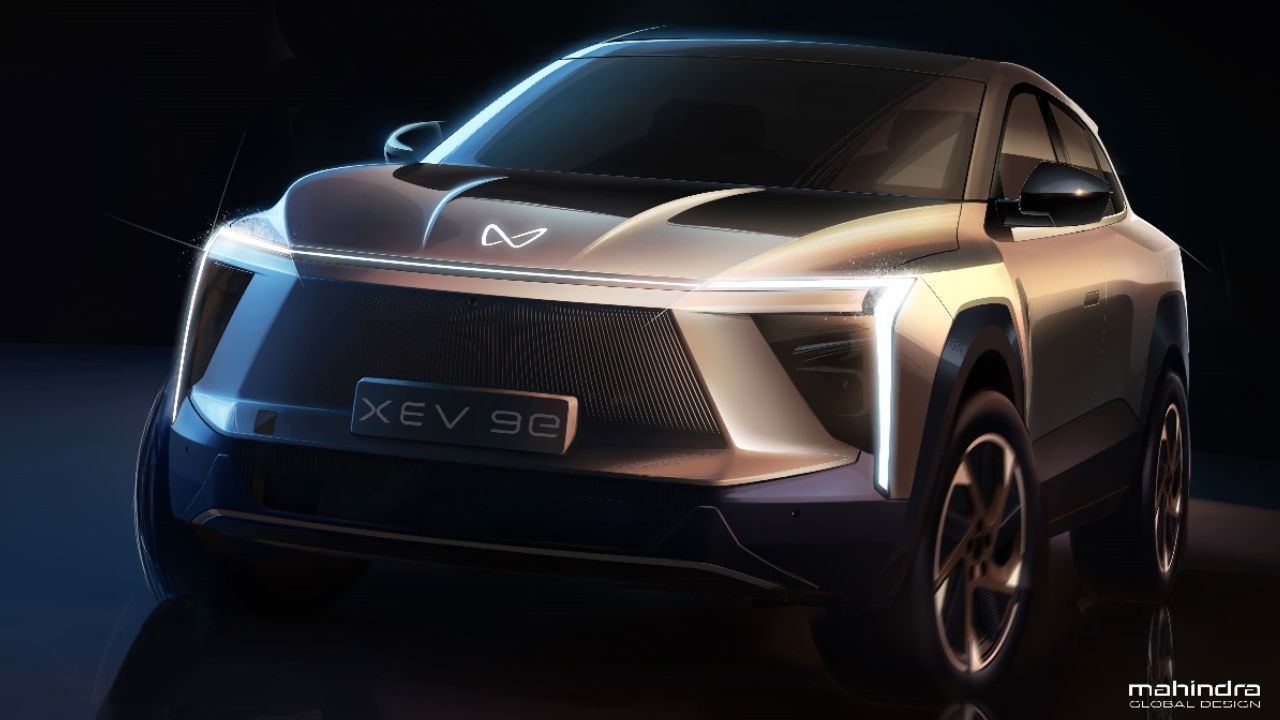
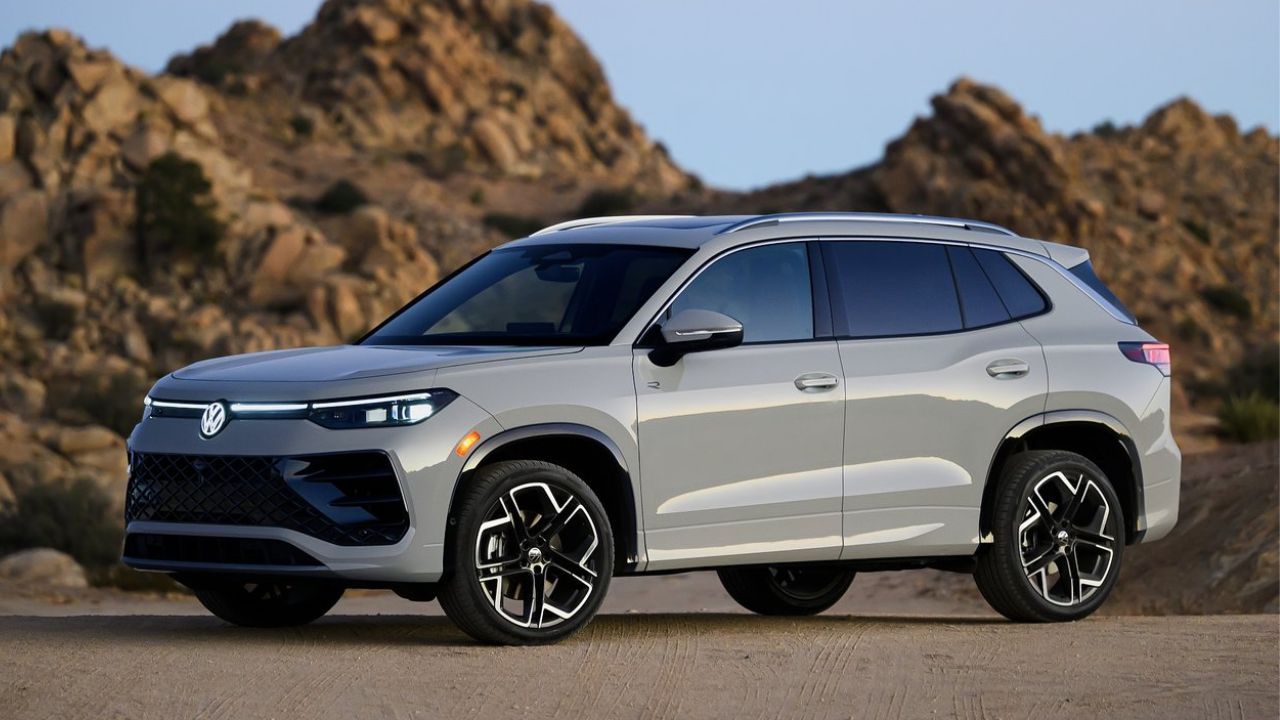
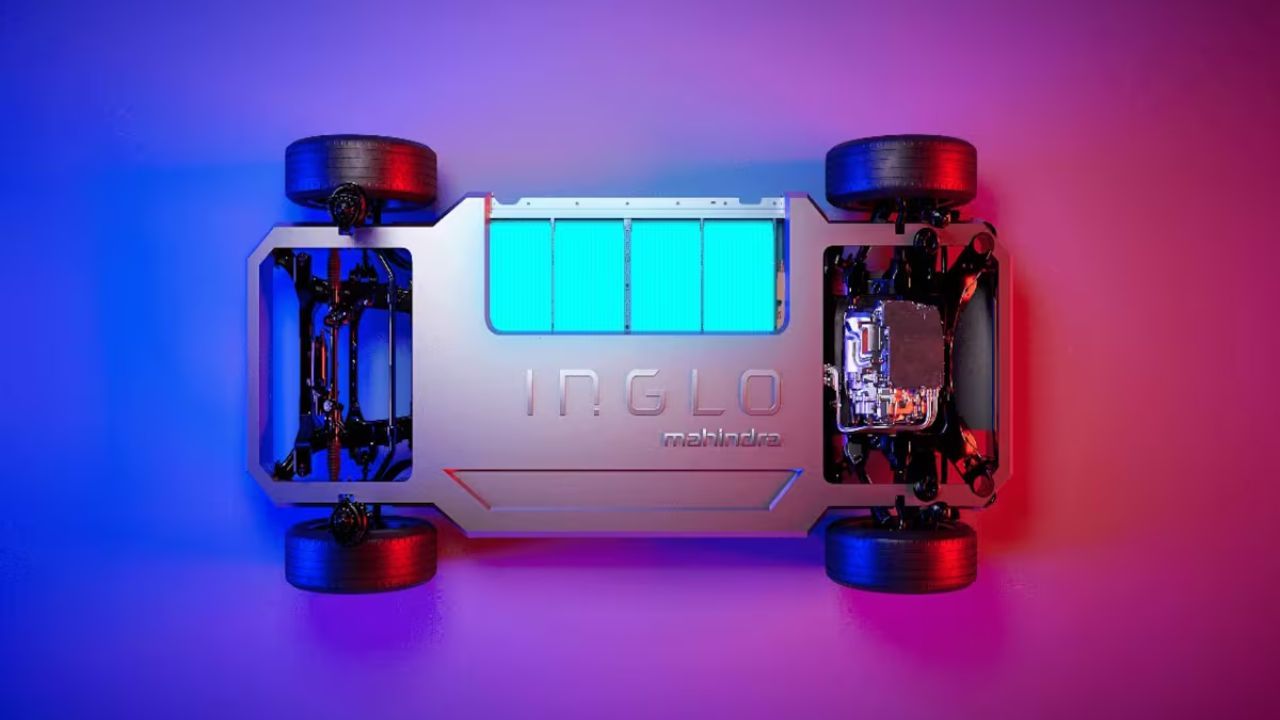
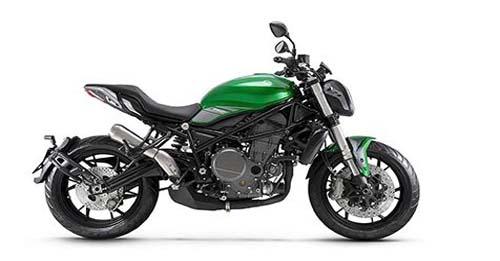
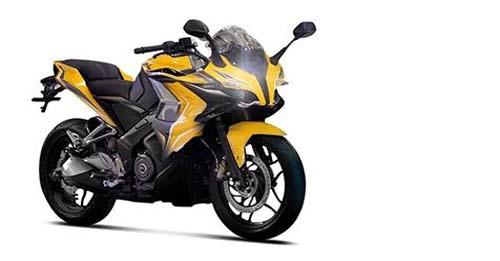
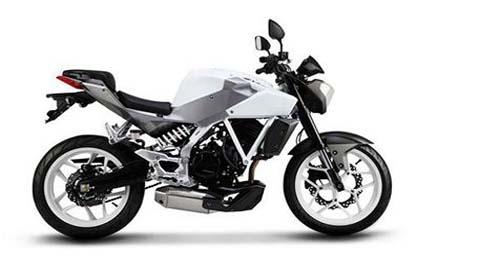
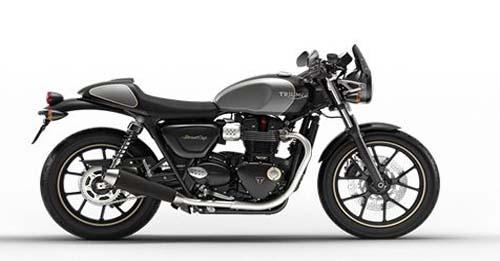
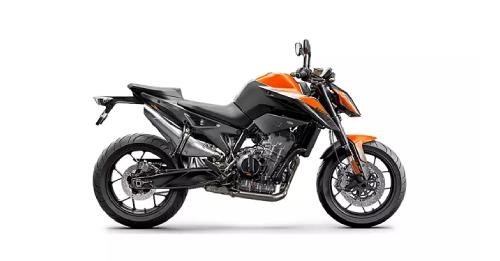









Write your Comment on